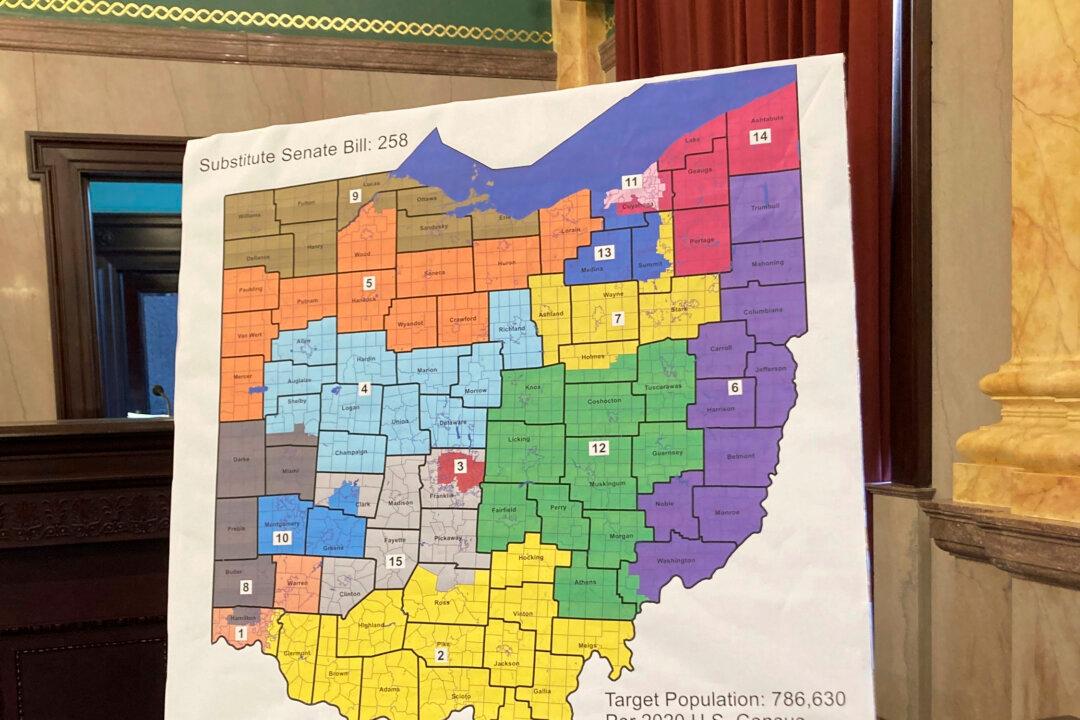A suit challenging Ohio’s congressional maps as being racially gerrymandered was revived on Tuesday, April 9, by the Sixth Circuit Court of Appeals.
The suit was previously dismissed by a lower district court judge in October and appealed shortly thereafter to the appellate court, which said on Tuesday the lower court erred in denying the defendants three-judge panel to review their claims and summarily dismissing the case.





